The Challenge of Standing on 1 Foot
For some children, standing on one foot can be challenging – especially if they’ve struggled with motor control, coordination, or strength in the past. If your child relies on handrails for going up or down the stairs, sits down on the floor to put on their shoes, or fall or lose their balance often, then this blog is for you!
To improve balance, the goal is to improve ability to stand on one leg without holding on. This will improve their weight shifting over one side to go up/down stairs without holding on as well as improve overall balance and body control. Here are a few starters to help increase single limb balance:
Level 1: Everyday Tasks that Require Balance
Kicking a ball
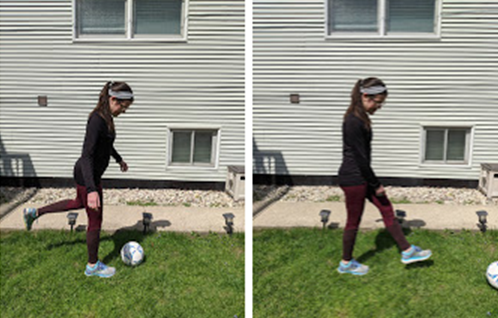
Stepping over an obstacle
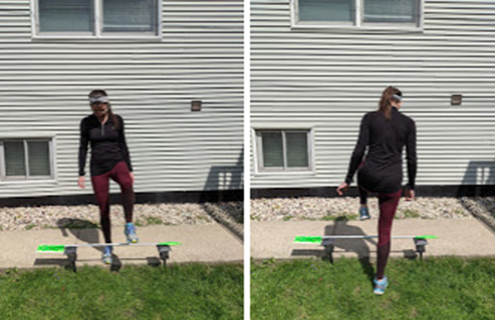
Both kicking a ball and stepping over an obstacle require your child to shift all of their weight from two legs down to only one leg in order to successfully complete these actions. If your child is unable to do either activity without holding on, these two tasks are a great place to start.
Tips: If your child is unable to kick a ball, either hold their hand or allow them to use a wall to support themselves and determine if that improves their accuracy. Regarding hurdles, you may wish to start with a very small obstacle placed directly on the ground (broomstick or rolled up towel).
Once they’ve achieved consistency with a small obstacle or hurdle, you can increase the height by placing your broomstick on small boxes, the bottom rungs of two chairs, or holding it up yourself. (Hula hoops also make fun hurdles both on the ground and when creatively lifted up).
Level 2: Activities that Allow Both Feet to be on the Ground or on a Surface
Opposite toe touching the ground
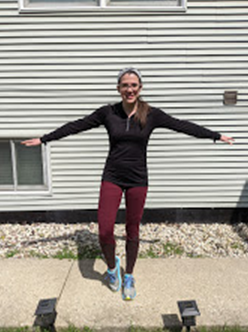
One foot on an elevated surface
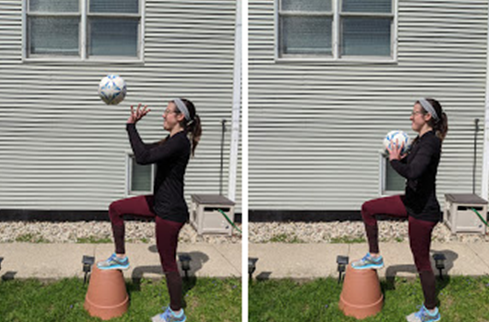
Both of these activities challenge your child to put most of their weight through one leg while still allowing them to have their opposite foot in contact with the ground.
Tip: In both scenarios, you can further challenge your child’s balance by playing catch, popping bubbles, or singing a song.
Level 3: Dynamic Activities
Marching in place
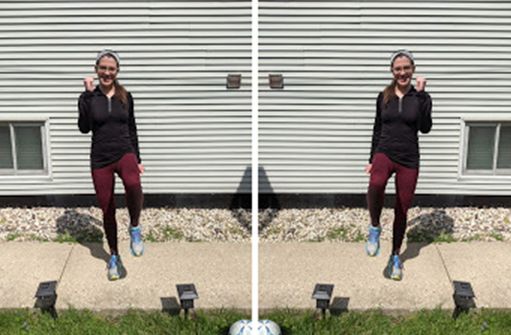
Alternating taps to a step stool or the bottom step
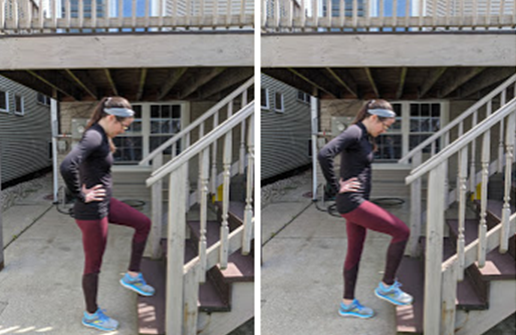
These activities rely on a very similar motor pattern of alternating leg lifts. Again, these activities will challenge your child’s ability to effectively weight shift all of their body weight from one side to the other, relying on both control and balance.
Tip: You can increase the level of difficulty by challenging your child to sing a song or the alphabet on the rhythm of their marching or their tap to the step. You can also increase the height to which your child is marching or the height of the step they are tapping to.
Level 4: Standing on 1 Foot
Standing on 1 foot with arms out to the side
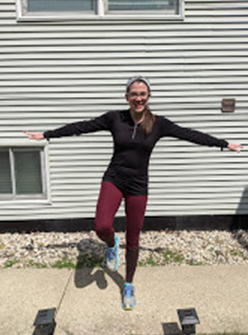
Standing on 1 foot with hands on hips
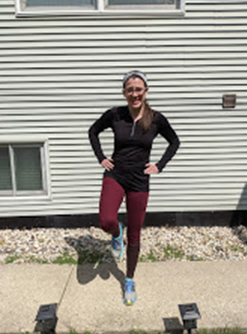
The purpose and final challenge in this series is, of course, standing on one foot. It is easier to stand on out foot when you have your arms out to the side to help you (think tight rope walker). This is a great place to start. You’ll want your child to hold this for as long as they can. Once they’ve mastered arms out to the side, the next level is to have them hold hands on their hips.
Tip: Make these two more challenging by asking your child to close their eyes! You can also make these balance activities more challenging by having your child stand on an unstable surface, such as a couch cushion placed on the floor, a folded up blanket, or a pillow placed on the floor.
Balance Norms
Below are general norms for the duration that a child of different ages should be able to balance on one foot with their eyes open.
4-5 year olds – 10 seconds
6-7 year olds – 15 seconds
8-9 year olds – 30 seconds
10-11 year olds – 90 seconds or more
If your child is struggling to balance on one foot and you’ve tried the activities listed above without enough success, reach out to a pediatric physical therapist at the Chicago Pediatric Therapy & Wellness Center. Making an pediatric physical therapy evaluation today can help determine which area to focus on for your child to make those gains faster. Call us today at 773-687-9241and see what pediatric physical therapy can do for you!


